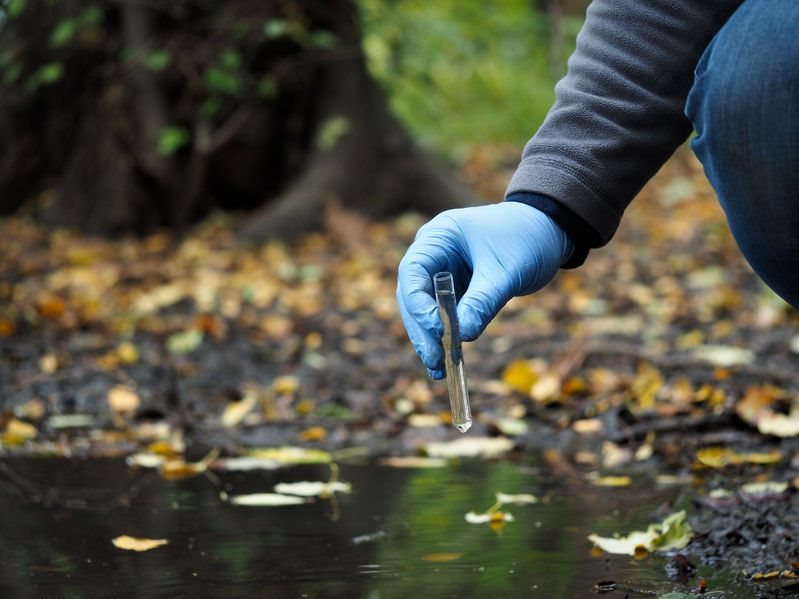
Top stories


RetailDiageo sells East African Breweries stake to Asahi for $2.3bn
Duncan Miriri and Emma Rumney 1 hour


LegalRAF's attempt to reverse settlement denied by SCA judgment
Rethabile Shabalala and Maano Manavhela 1 hour


More news














In terms of producing large volumes of wastewater, the South African mining industry is known for generating AMD, which renders wastewater toxic and unusable. Aside from the fact that AMD contaminates both surface and underground water even decades after mining operations ceased, the cost of treating AMD is exorbitantly high and treatment is often required when mining operations have stopped.
The study explained that these PHEs are “elements that are toxic at certain concentrations to one or more species, but in many cases are also essential nutrients at lower concentrations”.
The study found the area’s water bodies to have concentrations of silver, arsenic, cobalt, chromium, manganese and vanadium, which were higher than the amount permissible by the World Health Organization (WHO).
“All these values are in excess of the MAC (minimum alveolar concentration) levels set by the World Health Organization or other accredited institutions for groundwater or drinking water,” the study explained. “These results raise a safety concern as many PHEs are required to be within the recommended limits.”
The presence of silver concentration in the water was not surprising given that the element is a by-product of gold-refining, and the area is home to two large scale gold mining outfits: Mintails Mogale Gold and Rand Uranium.
In terms of high levels of arsenic, the study explained that the chemical is usually found in minerals bearing sulphide, such as gold ores. Arsenic in this mining area could be a product of leaching from mining operations into groundwater.
The study also found over three times of the WHO maximum allowed concentration of cobalt. The study attributed such a high level to “physical and chemical weathering of rocks by water and decomposition of plant waste” during the rainy season. High levels of chromium were attributed to mining processes in the area.
The study explained that the high levels of manganese concentration in water were a product of “underground mining activities for the element”.
While vanadium, on the other hand, is associated with gold producing Carbon Leader Reef in the Witwatersrand area.
“Data from the hydrochemical literature, as well as from the current research, indicate that large amounts of mine pollutants produced mostly in the form of AMD have entered the hydrological system and other environmental compartments of the Krugersdorp Game Reserve through ground and surface waters, over several decades of gold mining. These pollutants have caused modifications to natural element cycling in the Krugersdorp Game Reserve and adjacent ecosystems,” the study explained.
This study has charted a new path in understanding the distribution of various toxic elements in AMD and how treatment of mining wastewater could be designed in relation to the elements’ contact will life in the area.
The study comes at an important time in the country when South Africa is looking at various ways to recycle and save water. This is after the 2018 National Water and Sanitation Master Plan, identified the potential for South Africa to face a water supply deficit of 17% by 2030.
The study was conducted by Dr Michael Shapi, Head of the Department of Chemistry at MUT; Dr Maryam Amra Jordaan, National Research Foundation Administrator and Researcher at MUT; Andile Truelove Mbambo of the Department of Agriculture at MUT; Professor Theophilus Clavell Davies, Research Professor in the Faculty of Natural Sciences at MUT; Emanuel Chirenje, Geophysicist at the Council for Geophysics; along with Mpumelelo Dube, Scientist at the Council for Geophysics. It was titled, Determination of Potentially Harmful Element (PHE) Distribution in water bodies in Krugersdorp, a mining city in the West Rand, Gauteng Province, South Africa. It was published in the Minerals journal.